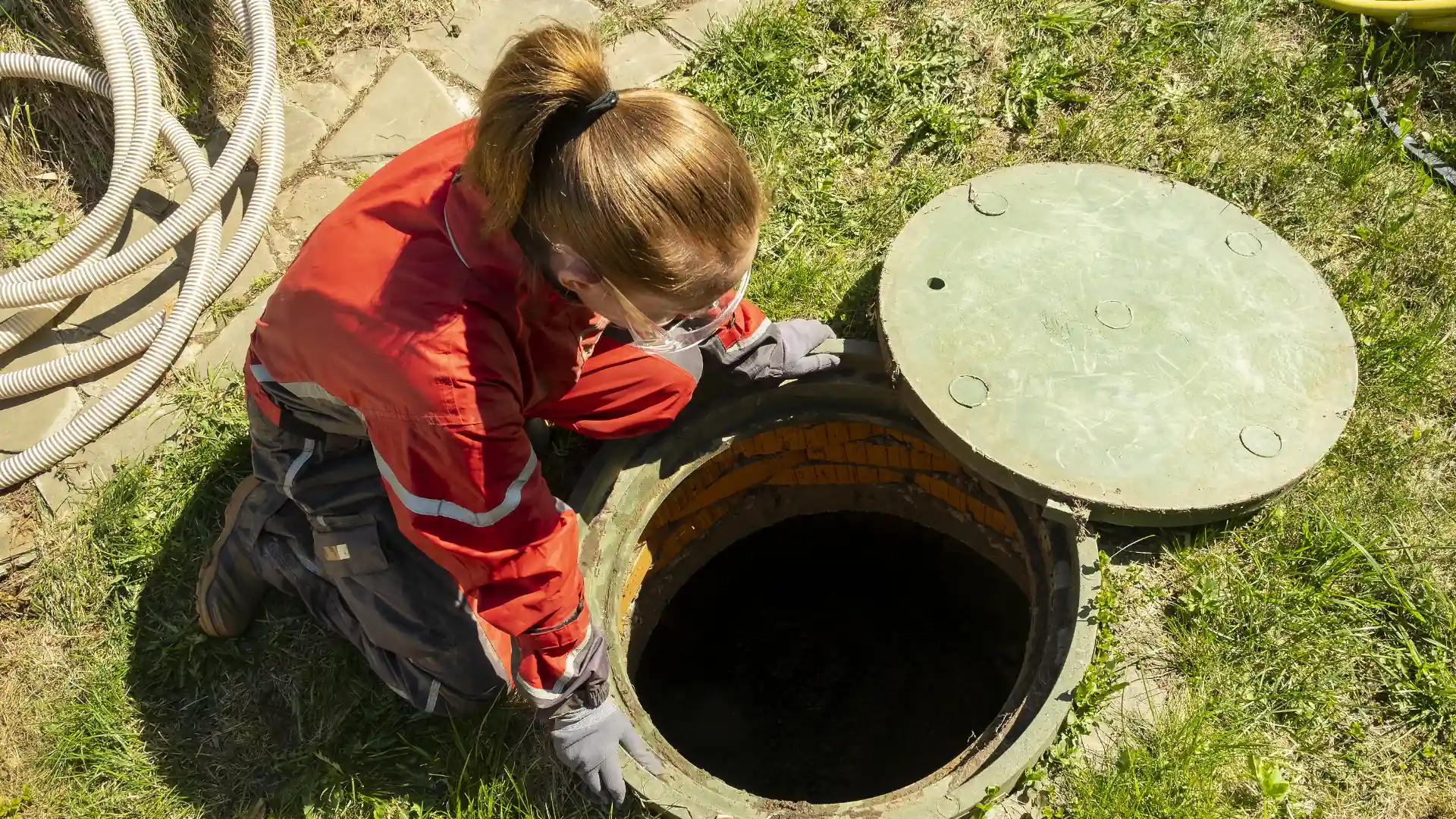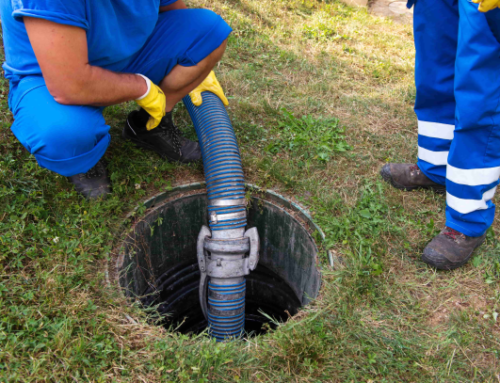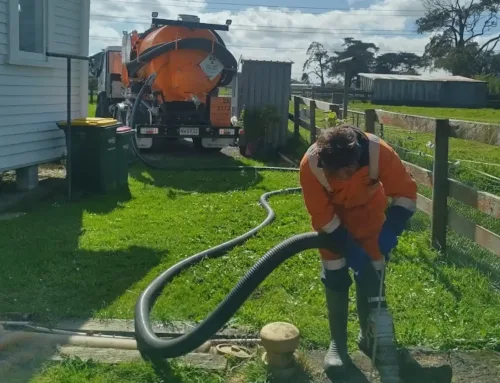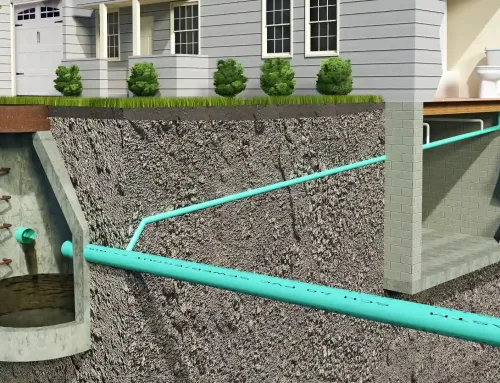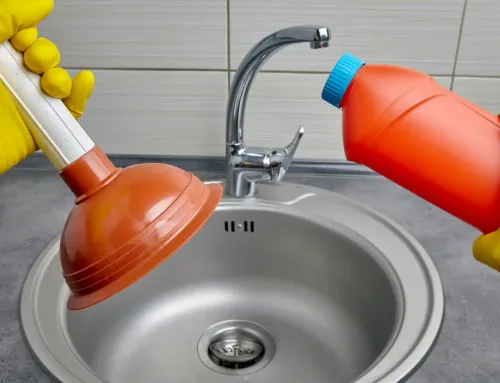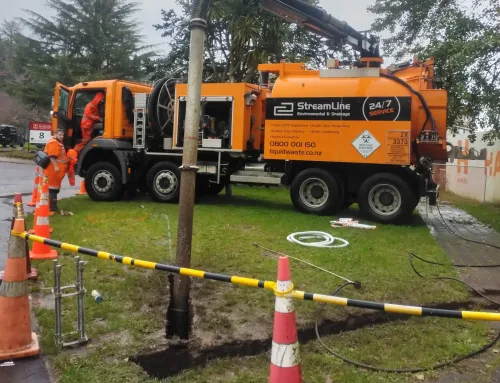The Risks of Neglecting Cesspit Maintenance
Cesspits—septic or sewage holding tanks—are crucial in managing wastewater in areas without access to centralised sewer systems. These underground chambers temporarily store household or commercial sewage, separating solid waste from liquid effluent. As a cesspit drainage service provider, we understand that proper cesspit maintenance is paramount to ensure optimal functionality and prevent potential problems.
This blog post explores the significance of regular cesspit maintenance, shedding light on the potential risks and consequences of neglecting this vital aspect of property management. Property owners can protect their health, environment, and financial wellbeing by understanding the importance of cesspit maintenance.
The Consequences of Neglecting Cesspit Maintenance
Sewage backup & overflow
Neglecting cesspit maintenance can have dire consequences that extend beyond mere inconvenience. One of the primary risks is sewage backup and overflow, which can lead to severe health hazards. When a cesspit becomes overloaded or clogged due to lack of maintenance, sewage can back up into toilets, sinks, and drains, contaminating the living space with harmful bacteria and pathogens.
This occurrence poses a significant risk to the health of occupants and can result in the spread of diseases. Moreover, sewage overflow can cause extensive damage to property and the surrounding environment, leading to contaminated water sources, soil pollution, and potential harm to wildlife.
Impact on quality of life
Foul odours are another undesirable outcome of neglecting cesspit maintenance. As the cesspit fills with waste and remains stagnant, foul-smelling gases, such as hydrogen sulphide, can permeate the air.
These unpleasant odours compromise the quality of life for those residing or working near the cesspit and can create discomfort for visitors and guests. Additionally, persistent foul odours can harm property value. Potential buyers or renters may be deterred by the unpleasant smell, making it more challenging to sell or lease the property at a desirable price.
Structural damage
Don’t overlook the structural damage caused by neglecting cesspit maintenance. Over time, the accumulation of waste and corrosive substances can lead to corrosion and deterioration of the cesspit structure. This deterioration weakens the integrity of the cesspit, making it more susceptible to leaks, cracks, or even complete failure. The resulting structural damage poses a risk of collapse and requires costly repairs or, in severe cases, complete replacement of the cesspit system.
Property owners expose themselves to the potential financial burden of addressing extensive structural damage they could have prevented through timely care and attention by neglecting regular maintenance.
Health & Safety Risks
Spread of disease & pathogens
One of the primary concerns is the spread of diseases and pathogens. When a cesspit is not properly maintained, the potential for contamination of groundwater and soil increases.
Wastewater from the cesspit can seep into the surrounding soil, infiltrating underground water sources and contaminating drinking water. This contamination poses a serious health risk to individuals who consume or come into contact with the contaminated water, potentially causing illnesses and infections.
Pest infestation
Neglected cesspits also attract pests, including insects and rodents, due to the presence of organic waste. Insects such as flies and mosquitoes are particularly drawn to the stagnant sewage, creating a nuisance and increasing the risk of disease transmission. Additionally, rodents, attracted by the availability of food and shelter, may infest the area surrounding the cesspit.
These pests can carry and spread diseases, further compromising the health and safety of the property’s occupants. The combination of poor sanitation, contaminated water sources, and pests poses a significant threat to public health.
What are the Legal and Regulatory Consequences?
Local health and environmental regulations often require regular maintenance of cesspits to ensure the safe disposal and management of wastewater. Failure to comply with these regulations can result in violations that may lead to legal consequences. Authorities may conduct inspections or investigations, where property owners could face fines, penalties, or even legal action.
In addition to the potential fines and penalties, neglecting cesspit maintenance can negatively impact property ownership and resale. Prospective buyers or tenants often consider the condition of the entire property, including the wastewater management system. A poorly maintained cesspit can raise concerns about the overall maintenance and integrity of the property, decreasing interest from potential buyers or renters.
Furthermore, neglecting cesspit maintenance may create obstacles during property transactions. In some jurisdictions, property owners must disclose information about the condition and maintenance of cesspits when selling or transferring ownership. Potential buyers may demand repairs or request a reduction in the purchase price to account for any necessary maintenance expenses. Failure to disclose the neglect of cesspit maintenance could lead to legal disputes or financial repercussions, tarnishing the property’s reputation and potentially affecting future transactions.
Cesspit Maintenance Best Practices
Adhering to proper maintenance practices is essential to ensure a cesspit’s optimal functionality and longevity. The following are some best practices for cesspit maintenance:
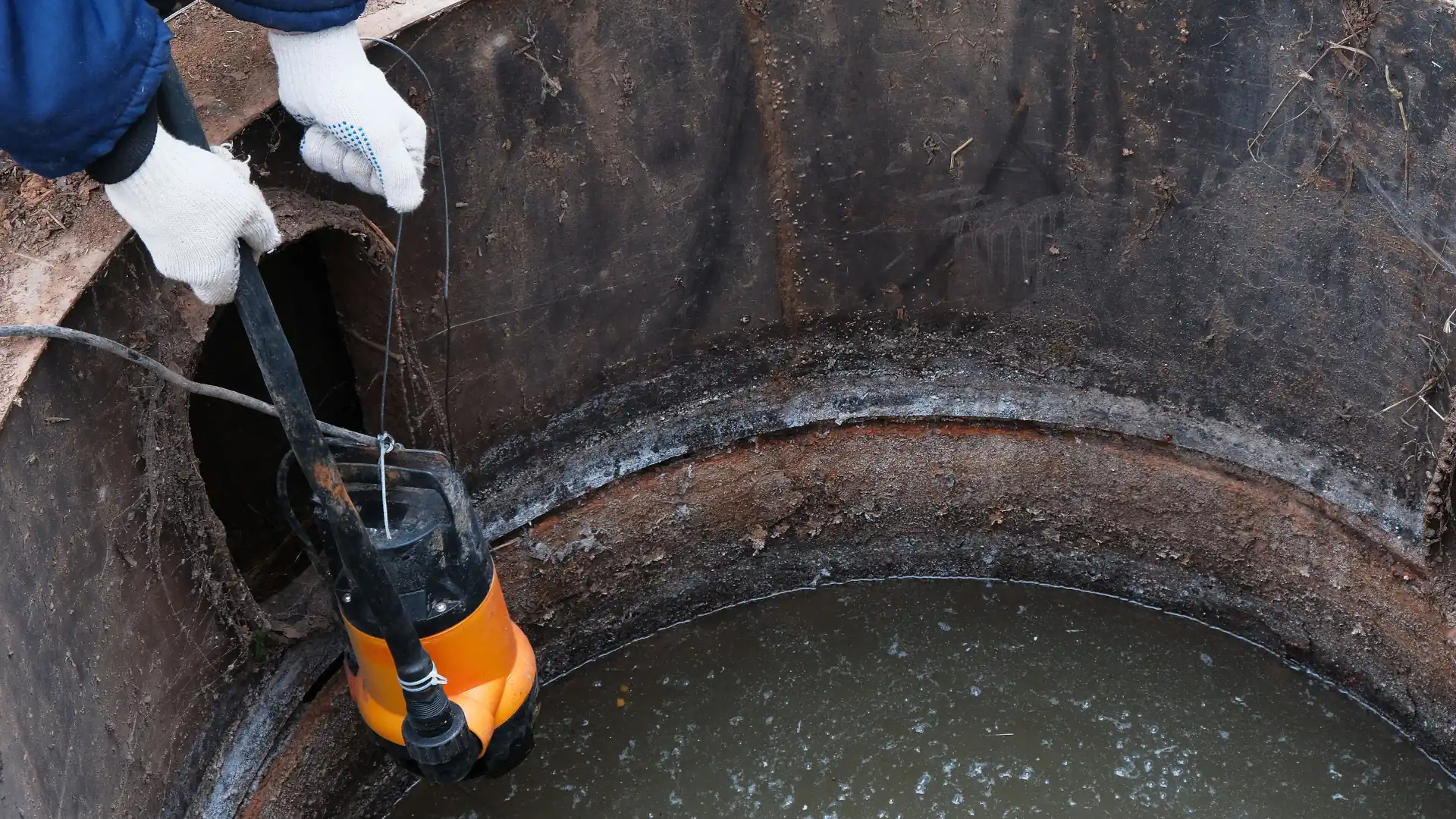
Regular inspection and pumping
Regular inspections by qualified professionals are crucial to identify any signs of damage, blockages, or potential issues in a cesspit. Inspections can help detect early warning signs and allow for timely repairs or maintenance. Additionally, scheduling regular cesspit pumping is essential to remove accumulated solid waste and prevent overfilling, reducing the risk of backups and system failure.
Proper waste disposal
It is vital to adhere to proper waste disposal practices to avoid damaging the cesspit system. Only human waste and biodegradable toilet paper should be flushed down the drains connected to the cesspit. Disposing of non-biodegradable items, chemicals, grease, and oils down the drain will lead to clogs, damage the cesspit, and compromise its overall performance.
Implementing preventive measures
Taking proactive measures can significantly minimise the risk of cesspit issues. Such measures include avoiding excessive water usage, as overloading the cesspit can lead to inefficiency and potential system failure.
Implementing water conservation measures, such as repairing leaks and using water-efficient appliances, can help reduce strain on the cesspit. Additionally, installing effluent filters and baffles in the cesspit can help prevent solid waste from clogging the system and improve its overall function.
Sort Your Cesspit with Streamline Environmental
Following these best practices, property owners can maintain a healthy and well-functioning cesspit system. Regular inspections and pumping, proper waste disposal, and preventive measures help prevent costly repairs and ensure compliance with regulations. Taking these measures will help extend the lifespan of the cesspit system, ultimately promoting a safe and sustainable wastewater management solution.
Streamline Environmental can assist with cesspit maintenance and a wide range of liquid waste services. We offer everything from drain camera inspections to cesspit cleaning. Reduce the risk of neglecting cesspit maintenance; contact Streamline Environmental & Drainage today.
